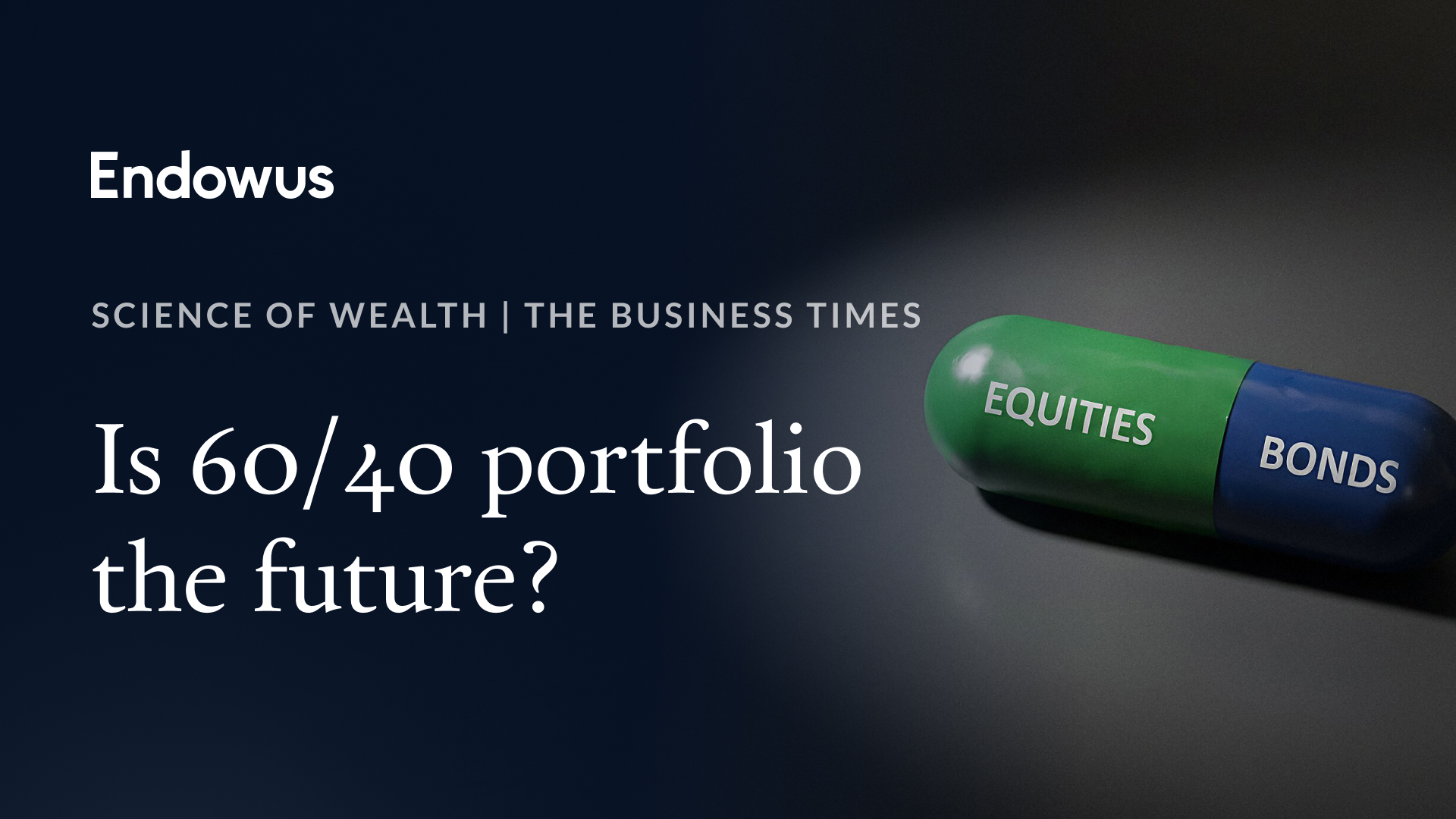Register for the event
Endowus invites you to our exclusive event with Macquarie Asset Management, as we discuss unlocking opportunities in Infrastructure- a $1.3tn asset class.
This event is reserved for Accredited Investors (AIs) only. To register for the event, please indicate one of the following:
Warren Buffett thinks that the smartest thing your money can do is climb into a hammock and take a nap (of course, he's smarter than we are, so he doesn't do this personally). While research has shown that passive investing makes sense for stock investing, research shows that it's a different story for bonds.
Let's look at the numbers: over the past 10 years in the US, the median active bond fund manager has outperformed the median passive bond fund by 0.80% per annum after fees (a meaningful amount). This is compared to the underperformance of the median active stock fund manager versus the median passive stock fund of 0.56% per annum.
How active bond managers outperform passive managers
We would love to embrace Warren Buffett's romantic laissez-faire view on investing in its entirety, but as evidence-based investors, we think a little more work is required before shutting both eyes and dozing off.
Not all asset classes and markets are created equally. In the case of the bond market, it is possible to get higher returns with the same risk through active investments. Here are some reasons why
1. Bond markets are made up of irrational players
There are 'noneconomic' players moving huge amounts of money that do not always act rationally in the economic sense. Central banks prioritize their country's growth and inflation mandates over portfolio returns. For example, when central banks implemented quantitative easing policies, they bought their own government bonds to boost spending in order to reach inflation targets and stimulate economic growth. This 'irrationality' affects the market.
2. Bond ratings and bond indices allow for mis-pricing opportunities
In the stock market, the price of a stock reflects all known information on the company. For some reason, we humans decided not to place our trust in the power of markets when it comes to bonds - we allow ratings issued by organisations to help the world decide the 'quality' of a company's bond. Funnily enough, these ratings almost always lag changes in a company's bond price, which means that the market participants see the changes in a company's fundamentals before the rating agencies can get around to changing their laggard ratings.
Benchmark indices have to track these imperfect ratings religiously, which is inefficient. We prefer to leverage on the collective wisdom of the market and use the information in prices, as we do for stocks. This means having someone in the driver seat of our bond portfolio so we are not stuck behind an old smoke-spewing truck (the rating agencies and indexes that must adhere to their judgement) when the light turns green.
3. Active bond managers charge a much lower management fee
The general rule is that if fund managers can get away with high fees, they will. Luckily for us, over the years they have lost the ability to justify their high fees due to a lack of outperformance, which has put downward pressure on their share of the pie. The fee dispersion between active and passive managers in bonds is much smaller than in equities, and at a level where active bond fund managers are taking home less (in their fees) than their median outperformance over their benchmarks.
Don't blindly turn away from active bond fund management. The passive strategy in bond investing unfortunately does not work as well as it does in stock investing.









.webp)




%20(1).gif)






%20F1(2).webp)

.webp)






.webp)